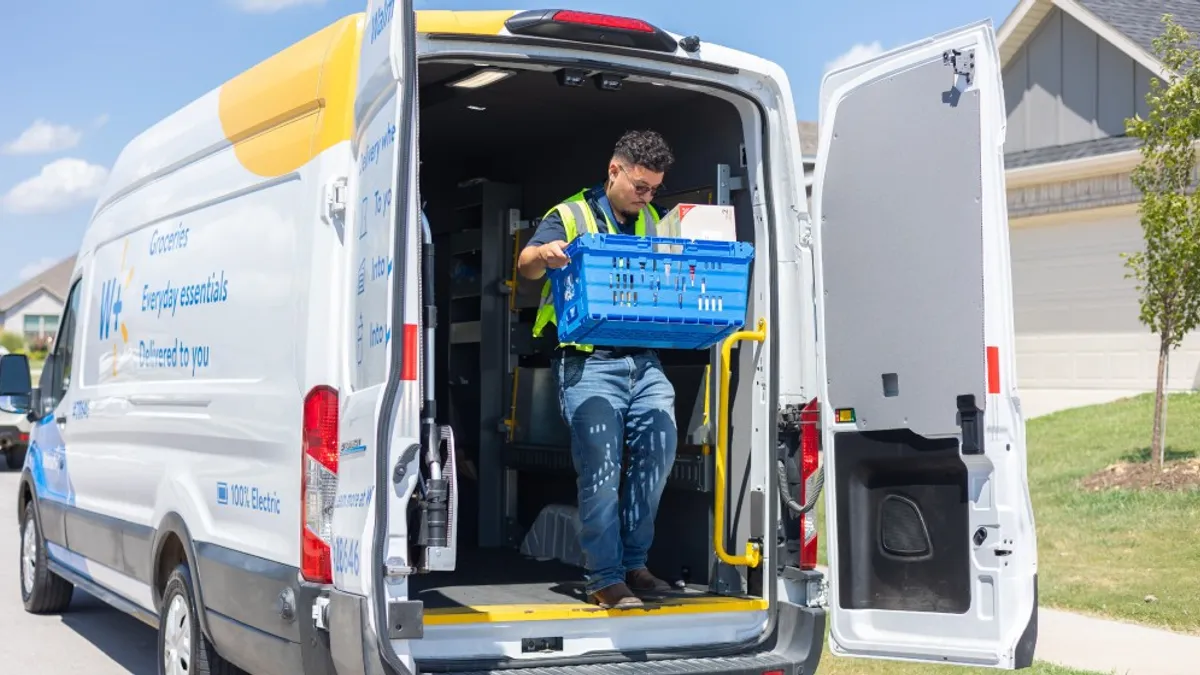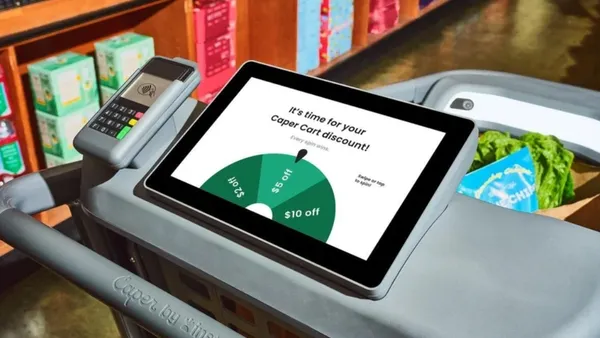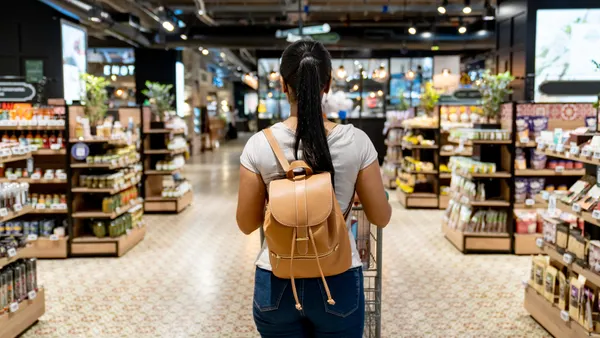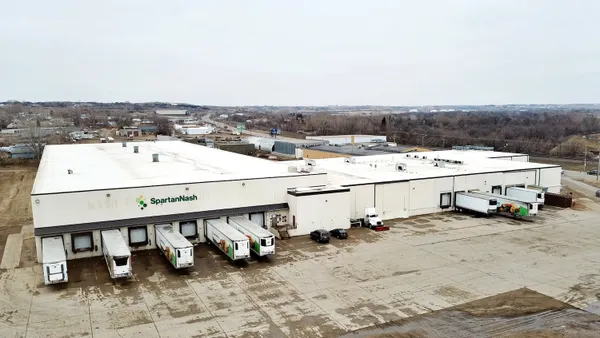Dive Brief:
- Walmart announced Wednesday that it is using customized geospatial technology to remap its delivery zones in an effort to improve efficiency.
- This data-science tech model “divides geographic areas into precise hexagonal grids,” allowing the retailer to better pinpoint locations and cover delivery zones more thoroughly, the company said.
- Technology continues to be a key driver in Walmart’s growth strategy, from implementing artificial intelligence into its operations to automating its supply chain.
Dive Insight:
Walmart’s use of a geospatial platform aims to help the retailer better tap in its vast store footprint to fulfill orders from customers.
“Think of it like pixels in a digital image — each hexagon is a ‘tile’ packed with real-time data such as slot availability, drive time, store capacity, customer demand and more. This allows us to adjust delivery zones with greater accuracy, ultimately serving more customers across the country,” according to the press release.
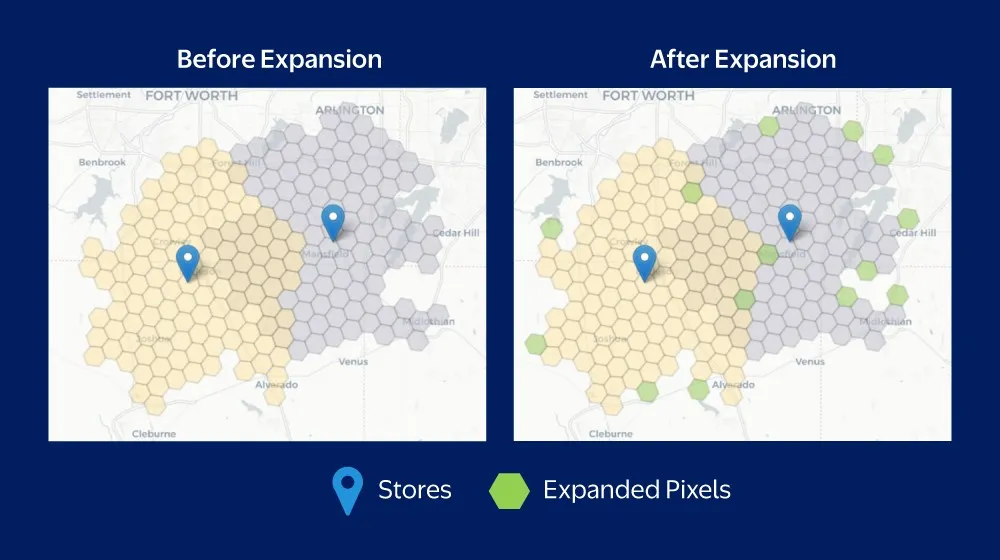
This system is a more data-driven model, Walmart said, and moves away from “rigid mapping methods” like ZIP codes, which could alienate customers from delivery offerings. In addition, the geospatial platform allows delivery order fulfillment to be done by multiple Walmart stores. This means that delivery drivers can now utilize Walmart’s expanded delivery zones to visit multiple Walmart stores to fulfill a shopper’s order, rather than requiring shoppers to place delivery orders from several locations to receive everything on their shopping list, per the announcement.
Walmart’s new geospatial platform is built on “open-source software” and uses “advanced geospatial intelligence and a variety of internal and external data sources” to meet the retailer’s delivery demands.
Walmart continues to tap new technologies to improve efficiency.
On the supply-chain side of Walmart’s business, the retailer has worked to bolster its automated grocery distribution network. Last summer, it announced it would open five new high-tech perishable sorting and packaging centers, as well as add more automation to four separate perishable distribution facilities. These high-tech centers enable the company to double storage and volume processing capacity compared with its traditional facilities.
Technology has also come into play as Walmart fights food waste. During summer 2024, the retailer began piloting crop monitoring tech to support more informed produce purchasing and, a month later, brought in tech that separates food from packaging at Walmart and Sam’s Club locations.



